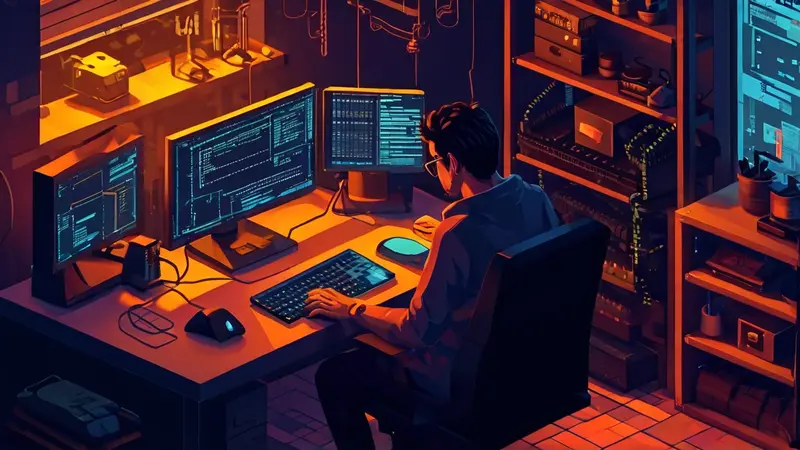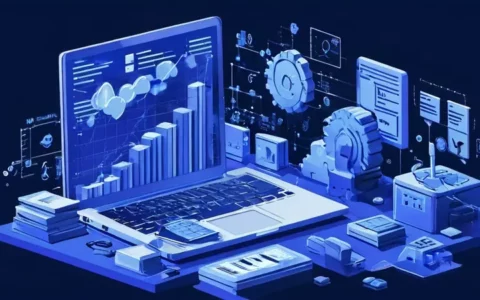
Programming can alter voice sounds in English for several reasons: 1. Voice Synthesis, 2. Voice Recognition, 3. Audio Signal Processing, 4. Machine Learning Algorithms, and 5. Natural Language Processing. One particularly detailed example is Voice Synthesis which involves generating human-like speech from text. This technology utilizes various algorithms and databases of recorded speech to create synthetic voices that can read text aloud. Text-to-Speech (TTS) engines are capable of altering pitch, tone, and speed to produce different voice sounds, which can be used in applications ranging from virtual assistants to accessibility tools for those with reading disabilities. By carefully manipulating the parameters within a TTS engine, developers are able to create a vast array of voice sounds for different purposes.
ONE: VOICE SYNTHESIS
Voice Synthesis, also known as Text-to-Speech (TTS), is the process of converting text into spoken words. Developers can program systems to emulate various voices, accents, and intonations. TTS technology has profound implications for accessibility, allowing visually impaired individuals to receive spoken output from written text. Additionally, it enhances user interface experiences by providing auditory feedback in applications and virtual assistants.
TWO: VOICE RECOGNITION
Voice Recognition involves the capability of software to identify and understand human speech. It's a critical component of programming when it comes to creating voice-controlled applications. This technology is based on analyzing the user's voice for command interpretation and can be trained to recognize different accents or dialects. Voice recognition has revolutionized human-computer interaction, making technology more accessible and convenient.
THREE: AUDIO SIGNAL PROCESSING
Audio Signal Processing is essential in voice transformation. This area of programming deals with the analysis and manipulation of audio signals to alter voice characteristics. Through techniques such as modulation, filtering, and distortion, developers can substantially change how a voice sounds. Signal processing is widely used in music production, telecommunications, and even in the development of hearing aids.
FOUR: MACHINE LEARNING ALGORITHMS
Machine Learning Algorithms provide another avenue for altering voice sounds. These algorithms can learn from vast datasets of voices and can apply transformations to voices, making them sound differently. Machine learning is especially useful for creating realistic voice simulations and is integral in developing personalized voice interfaces that adapt to the user's preferences.
FIVE: NATURAL LANGUAGE PROCESSING
Natural Language Processing (NLP) focuses on the interaction between computers and human language. While it primarily deals with text analysis, NLP can also be applied to spoken language, helping to improve voice recognition systems and making voice interactions more natural. NLP algorithms can dissect the nuances of speech, enabling computers to comprehend not just the words, but also the intent and sentiment behind them.
In conclusion, programming can significantly alter the way a voice sounds in English through a multifaceted approach that encompasses voice synthesis, recognition, and the intricate processing of audio signals. Advances in machine learning and natural language processing further contribute to this capability, providing depth and intelligence to how voices are generated and understood by computers. With these continually evolving technologies, the possibilities in voice modulation and voice-based applications are expanding, paving the way for more innovative and personalized use cases.
相关问答FAQs:
1. 为什么编程可以让电脑产生声音?
编程是一种指示计算机执行特定任务的过程。通过编写程序代码,我们可以利用计算机硬件的功能来实现不同的功能,包括产生声音。计算机中通常有一个称为音频设备的硬件部件,它可以通过编程控制产生声音。
2. 编程中使用的哪些技术可以改变声音的效果?
在编程中,我们可以使用不同的技术和工具来改变声音的效果。以下是一些常见的技术:
-
数字信号处理(DSP):使用DSP算法,可以对声音信号进行各种处理,如滤波、均衡、混响、合唱效果等。这些算法可以在编程中得以实现,以实现声音效果的改变。
-
音频合成:使用音频合成技术,我们可以通过程序生成人工合成的音频。这种技术可以用于创建不同类型的音乐、声效和语音。
-
音频编辑:音频编辑软件允许我们在编程中对音频进行修剪、剪切、混音等处理,从而改变声音的效果。
3. 在编程中可以实现哪些有趣的声音效果?
编程可以让我们实现各种有趣的声音效果。以下是一些常见的例子:
-
电子音乐:通过编写程序代码,我们可以创建不同类型的电子音乐,包括舒缓的旋律、重复的节拍和令人兴奋的节奏。
-
游戏音效:游戏开发人员可以使用编程来设计和实现游戏中的各种声音效果,包括爆炸声、射击声、人物对话等,以增强玩家的游戏体验。
-
语音合成:通过编程,我们可以实现语音合成技术,将文本转换为人工合成的语音。这种技术可以应用于各种应用,如语音助手、有声书等。
总而言之,编程为我们提供了控制和改变声音效果的能力。通过使用不同的技术和工具,我们可以实现各种有趣和华丽的声音效果。无论是音乐、游戏还是语音应用,编程都发挥了重要的作用,让我们可以创造出独特的声音体验。
文章标题:编程为什么会变声音呢英语,发布者:worktile,转载请注明出处:https://worktile.com/kb/p/1628905

 微信扫一扫
微信扫一扫  支付宝扫一扫
支付宝扫一扫 



